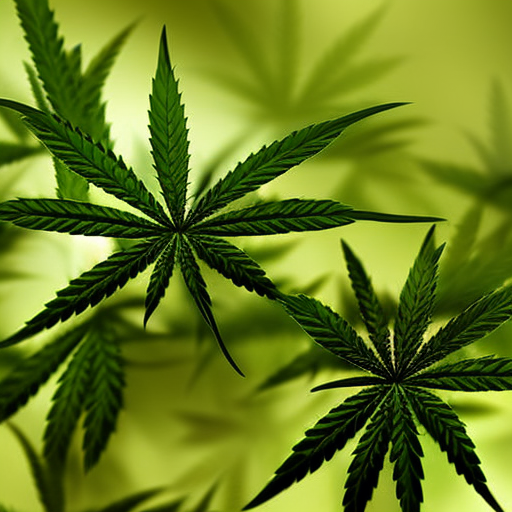
Yo, what’s good? My name’s Dan and I’m here to give you the lowdown on cannabichromene, or CBC. Now, CBC is the third most popular cannabinoid, but it doesn’t get as much love as THC or CBD. But let me tell you, this little compound packs a punch when it comes to healing properties. CBC can help with neurogenesis, inflammation reduction, and pain relief.
Now, CBC works by interacting with CB1 and CB2 receptors in your body and brain. But that’s not all – it also works with other receptors like TRPA1 and TRPV1. These channels are like the endocannabinoid system, which is made up of cannabinoid receptors that link throughout the body. They play a big role in transmitting signals about pain and inflammation to other parts of your body.
But what makes CBC so special is that it’s one of the most prevalent cannabinoids found in cannabis plants. It’s also non-psychoactive, which means it won’t get you high. This means that CBC could be a “specialty” cannabinoid all on its own, helping to treat specific health conditions. And let me tell you, that’s a game-changer when it comes to how we think about cannabinoids.
CBCA, or cannabichromenic acid, is the parent molecule of CBC. It’s one of the three primary cannabinoids formed from cannabigerolic acid (CBGA), which is produced by cannabis plants. CBCA is broken down further into CBC and other cannabinoids when cannabis is exposed to heat and UV light during the drying, curing, and smoking/vaping/cooking processes. CBCA might have anti-inflammatory, antimicrobial and analgesic effects, although more research needs to be done to confirm this.
So what can CBC treat? Well, it’s already being used for acne treatment because it reduces the production of sebum by sebaceous glands while reducing the impact of arachidonic acid on the skin and glands. And while we don’t know exactly how CBC manages pain, we do know that it can and will be used to do so in future trials and treatments. It’s already being used for inflammation-based movement disorders like arthritis.
But here’s where things get really interesting – CBC promotes neurogenesis, or the growth of nervous tissue. It might also retard cell degeneration in conditions like depression, Alzheimer’s, Parkinson’s, Huntington’s, and motor neuron disease. That means that CBC has major potential for treating some of the most challenging conditions out there.
Now you might be wondering what strains of cannabis are high in CBC. Research from the 1970s shows that landrace strains from India carry a high level of CBC – even more than CBD! Younger plants also have higher levels of CBC than older plants because it naturally degrades over time into another cannabinoid called cannabicyclol. However, most crops these days are optimized for THC and CBD content instead of CBC.
So there you have it folks – everything you need to know about cannabichromene! While there isn’t as much research on this little compound as we’d like, what we do know is that it has major healing potential for a variety of conditions. Keep an eye out for more studies on CBC in the future!


Ayo, CBC sound real interestin. I heard it helpin with pain and anxiety. Need more info on how it workin in the body tho. Got my eyes open for dat knowledge.
Ayo, I been hearin a lot ’bout CBC lately. I think it got some potential for real. Folks need to pay attention to how it can help wit pain and anxiety. We need more info on it so we can see its benefits for our community.
Ayo, CBC sound real interesting, fam. I been hearin it help with pain and anxiety, but we need more info on how it stack up against the other cannabinoids. Who tryin to share some knowledge on it?
Ayo, CBC sound interesting for real. I heard it help with pain and anxiety too. We need more info on how it work in the body. Keep it comin’!
Ayo, CBC sound real interesting. I been hearin a lot about it lately. I wanna know how it work and what it do for ya. Hope it got some good benefits for folks, ya feel me?